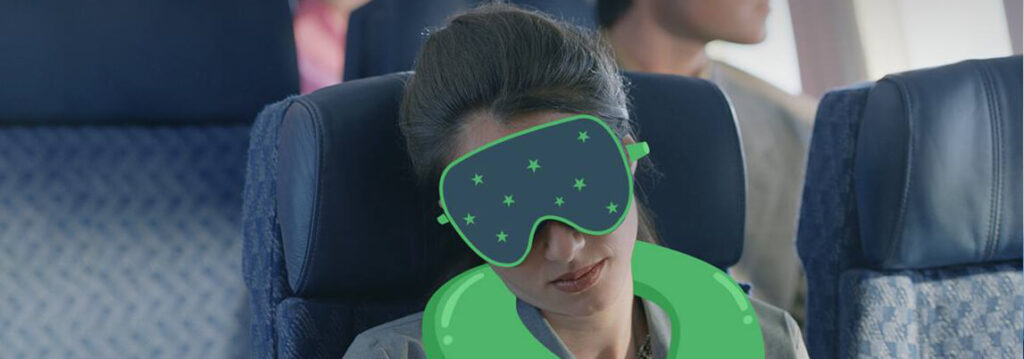Industry strike is probably the second most crippling type of strike in aviation. Bird strikes take the championship spot, as they can mess a plane up. So, in honor of the World Migratory Bird Day, let’s have a look at these roadkills of the sky.
Birds migrate twice a year. In spring, most European birds will return to their usual spots from March to April and even June. Once they detect that the days are getting shorter, they will take off for warmer climes come September and be mostly finished by October. Of course, climate change has pushed the start of migrations to be about a week earlier and the whole season of migration has extended as well.
You may not know this, but birds have been flying long before humans did. As such, they are loath to shake off this habit. That’s why airplanes have to share the airspace with their feathered counterparts. FAA data collected between 1990 and 2015 lists 177,269 wildlife (birds and terrestrial animals) impacts on civil aircraft. Birds account for over 90% of those incidents. According to ICAO, there were 65,139 bird strikes between 2011 and 2014, and the number is expected to increase with better reporting techniques coming online.
Birds are usually encountered during take offs, landings or while rolling on the runway. Not equipped with jet engines, avians don’t really get up to the typical cruising heights of commercial aircraft. Therefore, according to ICAO, 90% of all bird strikes occur near airports. FAA claims that less than 8% of bird strikes happen above 900 meters and 61% occur at altitudes lower than 30 meters. This is of small consolation to one plane that ran into a vulture 11 kilometers above the Ivory Coast, but that’s a record-holding avian flight altitude for a reason.
Also, birds hate flying at night as much as you do, so most bird strikes occur during the daytime. Turns out there are reasons other than the price for going on those red-eye flights.
So what happens when a plane strikes a bird? Usually, it’s the forward facing edges of the plane – the nose, the cockpit, tail and wings – that suffer, along the engines. For larger planes – basically all passenger liners – the engines are the weakest points. There are enormous forces at work when the plane is taking off. While normally you could throw chickens at the blades of a turned off jet engine for hours before doing any damage (please don’t), the physics of flight all but ensure that at least one blade will be misshapen, leading to a cascade failure and engine loss.
Now, the engine doesn’t fall off, but the operation can still be interrupted. According to specialists that wrote about the subject online, new advances in engine blade technologies make ingestion (that’s what a bird strike is called if the bird gets into the engine through the blades) less and less likely to be damaging to the engine. According to statistics, 5% of ingestions result in having to replace the engine. Most often, they damaged parts can be replaced at the airport – albeit getting them there might be a problem. Last week, a British Airways Airbus A321-200N flying from Heathrow to Bucharest had a bird strike while landing and the lengthy repairs lead it to be 5 hours late for the next flight.
Of course, birds can impact other parts of the plane. However, on passenger liners, it’s highly unlikely that the bird will penetrate the windshields – that may be more of an issue for smaller planes. Still, you wouldn’t want to be flying around with a cracked windshield, so this will result in flight cancellations. Or, as it happened on May 2nd, a KLM crew taking off from Amsterdam reported seeing a lot of blood on the windshield.
Animals might also damage other components of the plane, like the Pitot tube. This sensor tubes measures the speed of the plane and wasps nesting in one is believed to be the cause of the fatal Birgenair Flight 301 crash in 1996. Again, last week, a Wizzair Airbus A321-200 taking off in Bucharest experienced a bird strike which lead to loss of weather radar function.
And today, the airports face more than birds when it comes to bird strikes. Drones are increasingly becoming an issue, with almost monthly reports of airports grounding planes due to UAV sightings. Happened in Frankfurt just this week! Drones are dangerous in that they can be flown into planes on purpose and because some of their rigid components can cause damage beyond anything a bird can do.
Aside from safety concerns, bird strikes are very bad news if you hope to claim flight compensation money. Regulation (EC) 261/2004 considers bird strikes an exception, something the airlines can’t control. After all, the pilot can’t really honk the horn to make the bird get out of the way. In the end, even airports can only do so much, even if they try using hunting birds, pyrotechnics, relocation, spoiling the eggs and more to ensure your safety.
As such, we can expect an increase in bird strikes until the point where colony collapse disorder leads to bird die out. The compensation rules are unlikely to change. However, if your flight delay or cancellation is caused not by a bird strike, or if you experience overbooking, claim via Skycop. With a compensation of up to €600 on the line and no financial risks in the case of failure, it would be unwise not to!

